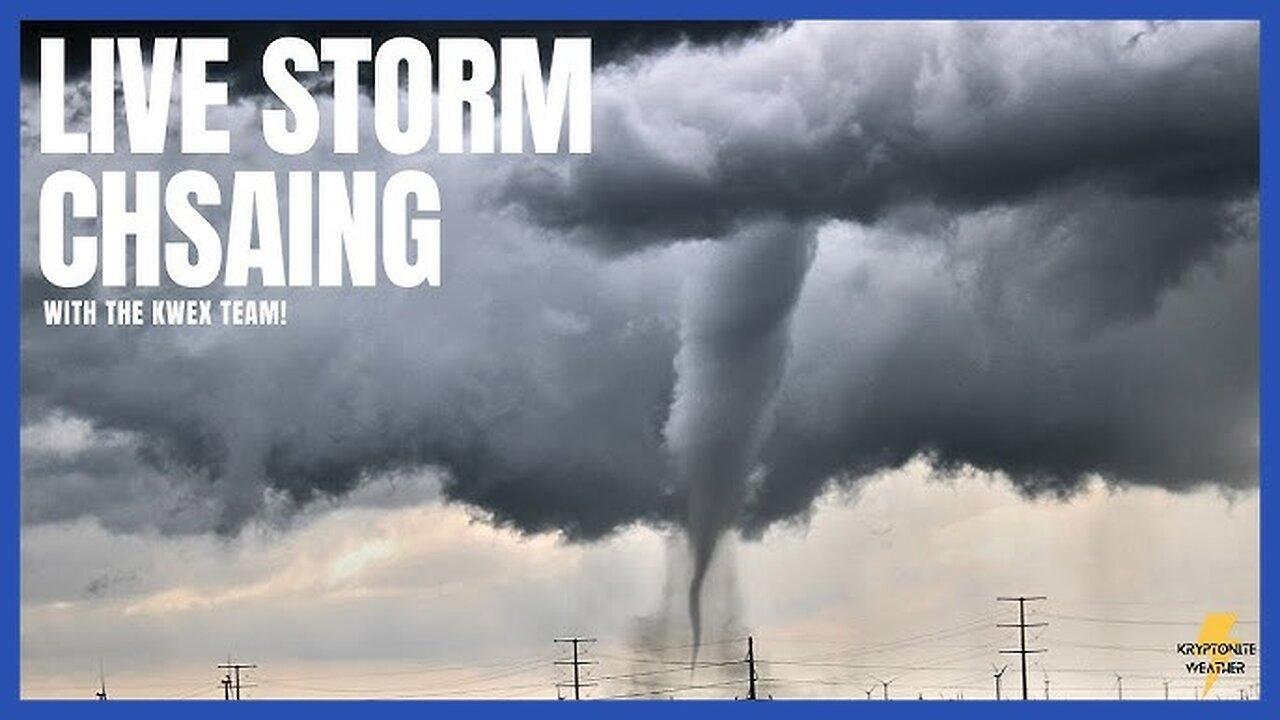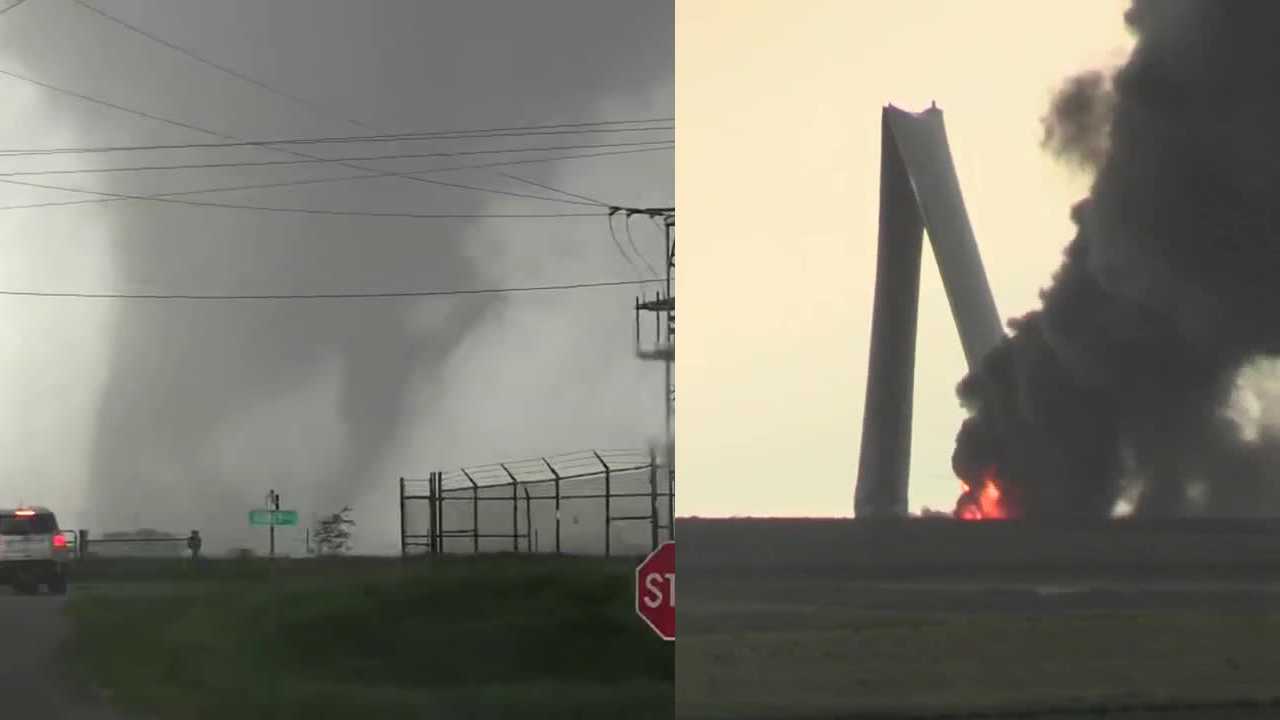Historical Overview of Tornadoes in Iowa

Tornado in iowa – Tornadoes have been a recurring force in Iowa’s history, leaving behind a trail of destruction and devastation. The state has witnessed numerous major tornadoes, each leaving an indelible mark on the communities they ravaged.
Tornadoes have wreaked havoc in Iowa, leaving behind a trail of destruction. To navigate the affected areas and plan for recovery efforts, refer to the detailed greenfield ia map . The map provides an accurate representation of the region, allowing you to pinpoint affected areas and coordinate assistance.
As recovery efforts continue, the tornado’s impact on Iowa remains a pressing concern.
Chronological List of Major Tornadoes in Iowa
- 1844 Iowa Tornado: This violent tornado tore through central Iowa, causing widespread damage and killing an estimated 50 people.
- 1902 Parkersburg Tornado: One of the deadliest tornadoes in Iowa’s history, killing 70 people and injuring over 200.
- 1950 Waterloo Tornado: A powerful tornado that struck the city of Waterloo, killing 23 people and destroying hundreds of homes.
- 1965 Mason City Tornado: A destructive tornado that leveled much of the city of Mason City, killing 11 people and injuring over 100.
- 1973 Union Township Tornado: A long-tracked tornado that traveled over 100 miles, causing extensive damage and killing 12 people.
- 1990 Sargeant Bluff Tornado: A powerful tornado that struck the town of Sargeant Bluff, killing 10 people and injuring over 100.
- 2008 Parkersburg Tornado: A devastating tornado that killed six people and destroyed hundreds of homes in Parkersburg.
- 2011 Joplin Tornado: A massive tornado that crossed the border into Iowa from Missouri, causing significant damage and killing two people.
Frequency and Severity of Tornadoes in Iowa
Iowa is located in Tornado Alley, a region of the central United States that experiences a high frequency of tornadoes. The state ranks among the top ten in the nation for tornado occurrences, with an average of 40 tornadoes per year.
Iowa tornadoes are known for their intensity, with a significant number being rated EF3 or higher on the Enhanced Fujita Scale. The state has experienced several EF5 tornadoes, the highest rating on the scale, including the 2013 Moore, Oklahoma tornado and the 1979 Wichita Falls, Texas tornado.
Climatic Factors Influencing Tornado Formation in Iowa: Tornado In Iowa
Iowa’s geographical location, topography, and atmospheric conditions combine to create an environment conducive to tornado formation. Understanding these factors is crucial for mitigating the risks associated with tornadoes.
Iowa’s location in the central United States places it within the “Tornado Alley” region, where warm, moist air from the Gulf of Mexico meets cold, dry air from the north. This creates a favorable environment for thunderstorm development, which can lead to tornadoes.
Topography
Iowa’s relatively flat topography allows for the formation of long-lived, rotating updrafts known as mesocyclones. These updrafts provide the vertical lift necessary for tornado development.
Tornadoes can wreak havoc in Iowa, leaving behind a trail of destruction. If you’re looking for a detailed view of the areas affected by a recent tornado, check out this greenfield ia map . It provides a comprehensive overview of the damage, helping you stay informed about the situation.
As recovery efforts continue, the map serves as a valuable resource for tracking progress and ensuring that affected communities receive the support they need.
Atmospheric Conditions
Iowa’s atmospheric conditions also play a role in tornado formation. The state’s warm, humid climate creates an abundance of moisture, which is essential for thunderstorm development. Additionally, the presence of strong jet streams and dry lines can enhance the formation of tornadoes.
Jet Streams
Jet streams are narrow, high-altitude currents of fast-moving air. When jet streams interact with thunderstorms, they can provide the additional lift and wind shear necessary for tornado formation.
The recent tornadoes in Iowa have left a trail of destruction, with Greenfield being one of the hardest-hit areas. For those seeking to understand the extent of the damage, a detailed greenfield iowa map can provide a comprehensive overview of the affected areas.
By examining the map, one can assess the severity of the damage and identify areas that require immediate attention as the recovery process unfolds.
Dry Lines
Dry lines are boundaries between moist and dry air masses. When a dry line interacts with a thunderstorm, it can create a zone of intense instability, which can lead to the formation of tornadoes.
Tornado Safety and Preparedness
Tornadoes are powerful and unpredictable forces of nature, but there are steps you can take to stay safe during a tornado event. By understanding tornado safety guidelines and having an emergency plan in place, you can increase your chances of staying safe and minimizing damage.
The tornado that recently touched down in Iowa was a powerful and destructive force. The storm left a path of damage in its wake, and many people are still without power. For more information on the tornado, visit tornado iowa . The tornado in Iowa was a reminder of the power of nature, and it is important to be prepared for severe weather.
Before a Tornado
The best way to prepare for a tornado is to have an emergency plan in place. This plan should include:
- A designated safe room or shelter, such as a basement or interior room on the lowest floor of your home.
- A plan for how you will get to your safe room or shelter quickly.
- A way to stay informed about tornado warnings, such as a weather radio or smartphone app.
- An emergency kit that includes food, water, first aid supplies, and other essential items.
During a Tornado
If you are caught outside during a tornado, the most important thing to do is to find shelter immediately. If you can, get inside a sturdy building or underground shelter. If you cannot find a building or shelter, lie down in a ditch or low-lying area and cover your head with your hands.
- Stay away from windows and doors.
- Do not try to outrun a tornado.
- If you are in a car, get out and find shelter immediately.
- If you are in a mobile home, get out and find shelter in a nearby building.
After a Tornado
Once the tornado has passed, it is important to check for injuries and damage. If you or someone you know is injured, seek medical attention immediately. If your home has been damaged, contact your insurance company and start the process of filing a claim.
- Be aware of downed power lines and other hazards.
- Do not enter damaged buildings unless it is safe to do so.
- Stay informed about the latest weather conditions and follow the instructions of local officials.
Tornado Research and Mitigation Efforts

To combat the destructive impacts of tornadoes, extensive research and mitigation efforts are underway in Iowa. These initiatives involve collaboration between government agencies, scientific institutions, and community organizations.
The National Weather Service (NWS) plays a pivotal role in tornado monitoring and response. Its network of Doppler radar systems provides real-time data on tornado formation and movement, enabling timely warnings and evacuation orders.
Iowa has a long history of tornadoes, with some of the most destructive ones occurring in recent years. One such tornado was the Greenfield, Iowa tornado of 2018, which caused widespread damage and injuries. The tornado was part of a larger outbreak that spawned several other tornadoes across the state, causing significant damage and loss of life.
Iowa Department of Natural Resources
The Iowa Department of Natural Resources (DNR) also plays a significant role in tornado preparedness and mitigation. The DNR’s State Hazard Mitigation Plan Artikels strategies for reducing tornado risks, including promoting safe building practices, enhancing early warning systems, and educating the public about tornado safety.
Research Institutions
Research institutions, such as the University of Iowa’s Institute for Hazard Mitigation Research, conduct cutting-edge research on tornado dynamics, forecasting techniques, and mitigation measures. Their findings contribute to improved prediction and warning systems, as well as more resilient building designs.
Community Outreach
Community outreach programs are vital for educating Iowans about tornado safety and preparedness. The NWS and local emergency management agencies conduct regular drills, workshops, and public awareness campaigns to ensure residents know what to do before, during, and after a tornado.
Case Studies of Notable Tornadoes in Iowa
Iowa has experienced numerous significant tornadoes throughout its history, each leaving a unique mark on the state. These events have ranged in intensity, size, and impact, providing valuable lessons for understanding and mitigating tornado risks.
Detailed accounts of these notable tornadoes offer insights into the causes, impacts, and lessons learned, helping communities better prepare for and respond to future events.
The Parkersburg Tornado (2008), Tornado in iowa
On May 25, 2008, an EF5 tornado tore through the city of Parkersburg, causing catastrophic damage and claiming nine lives. The tornado, with winds exceeding 200 mph, traveled a path of 7 miles, destroying over 200 homes and businesses.
The Parkersburg tornado highlighted the importance of early warning systems and the need for robust building codes to withstand such extreme weather events.
The Spencer Tornado (2011)
On May 11, 2011, an EF4 tornado struck the city of Spencer, killing one person and injuring over 50. The tornado, with winds reaching 190 mph, caused widespread damage to homes, businesses, and infrastructure.
The Spencer tornado demonstrated the destructive power of tornadoes even in smaller communities and emphasized the need for community preparedness and resilience.
The Marshalltown Tornado (2018)
On July 19, 2018, an EF3 tornado hit the city of Marshalltown, causing extensive damage and injuring several people. The tornado, with winds up to 165 mph, destroyed over 100 homes and businesses.
The Marshalltown tornado highlighted the importance of tornado preparedness and the need for communities to have plans in place for response and recovery.
Comparison of Tornado Patterns in Iowa to Other States

Iowa is situated in the central United States, within the “Tornado Alley” region, which experiences a high frequency of tornadoes. Comparing Iowa’s tornado patterns to neighboring states provides insights into regional variations in tornado activity.
Frequency and Intensity
Iowa ranks among the top five states in the US for both tornado frequency and intensity. The state experiences an average of 50 tornadoes annually, with a significant number of strong and violent tornadoes (EF2 or higher) compared to neighboring states.
Geographical Distribution
Tornadoes in Iowa tend to occur more frequently in the central and western parts of the state, with a decreasing frequency towards the eastern and southeastern regions. This pattern differs from neighboring states like Nebraska, where tornadoes are more evenly distributed across the state.
Reasons for Variations
The variations in tornado patterns between Iowa and neighboring states can be attributed to several factors, including:
- Geographical Location: Iowa’s position within Tornado Alley, an area characterized by favorable atmospheric conditions for tornado formation, contributes to its high tornado frequency.
- Storm Tracks: Iowa is frequently affected by storm systems moving across the Great Plains, which bring moist air from the Gulf of Mexico and unstable atmospheric conditions conducive to tornado development.
- Topography: The relatively flat terrain of Iowa allows for the formation of long-track tornadoes, as there are fewer obstacles to disrupt their path.